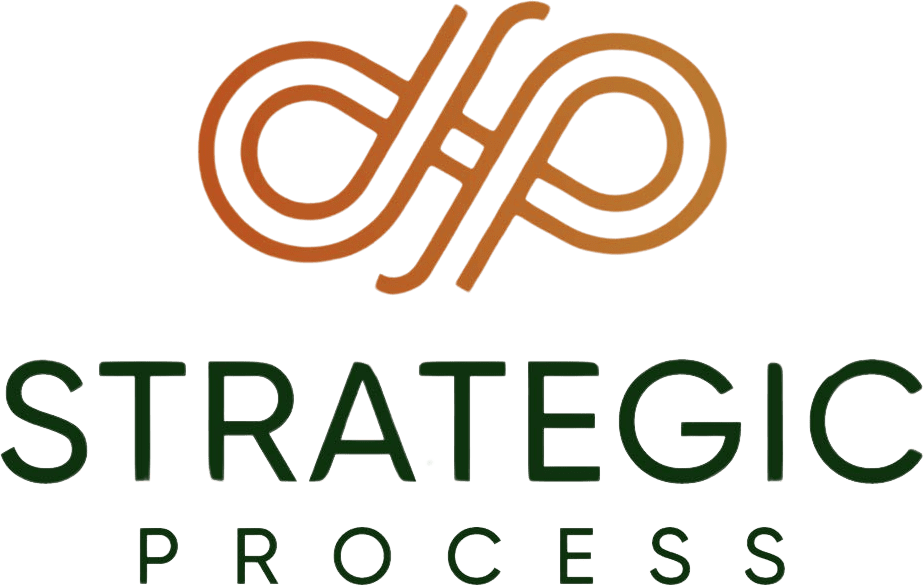In today’s rapidly evolving business landscape, companies face unprecedented challenges that demand agile, visionary leadership. Whether it’s navigating economic uncertainties, adapting to technological advancements, or managing the complexities of a global marketplace, the role of a strategic leader has never been more crucial. Strategic leadership is not just about making decisions; it’s about shaping the future of an organization by setting a clear direction, fostering innovation, and ensuring that every member of the team is aligned with the company’s long-term goals.
Strategic leadership involves a blend of skills, including the ability to anticipate and plan for the future, inspire and motivate teams, and make tough decisions that drive organizational success. It requires leaders to look beyond the immediate needs of the business and consider the broader implications of their actions. This forward-thinking approach is essential for companies that want to stay competitive and achieve sustainable growth.
One of the key aspects of strategic leadership is the ability to see the big picture. This means understanding how different parts of the business interact and affect each other, and how external factors like market trends, economic conditions, and regulatory changes can impact the organization. A strategic leader is someone who can connect the dots between these different elements and create a cohesive plan that drives the company forward.
This involves not only setting a clear vision for the future but also developing a roadmap to get there. A strategic leader must be able to articulate this vision to their team, ensuring that everyone understands the direction the company is heading and how their role contributes to achieving the overall goals. This clarity of purpose is vital for maintaining focus and motivation, especially during challenging times.
However, strategic leadership is not just about looking ahead; it’s also about being adaptable and responsive to change. In today’s fast-paced business environment, the ability to pivot and adjust plans in response to new information or unexpected developments is crucial. Strategic leaders must be willing to embrace change and encourage their teams to do the same. This requires a culture of continuous learning and innovation, where employees are empowered to experiment, take risks, and learn from their mistakes.
Another important aspect of strategic leadership is the ability to build and maintain strong relationships both within and outside the organization. This includes fostering a positive and collaborative work environment where employees feel valued and engaged. It also involves building strong partnerships with external stakeholders, such as customers, suppliers, and investors. Strategic leaders understand that success is not achieved in isolation but through collaboration and teamwork.
Communication is a critical skill for strategic leaders. They must be able to communicate their vision clearly and persuasively, both to their team and to external stakeholders. This involves not only delivering messages effectively but also listening to feedback and being open to new ideas. Strategic leaders must be able to adapt their communication style to suit different audiences and ensure that their message is understood and embraced by everyone involved.
One of the biggest challenges for strategic leaders is balancing short-term needs with long-term goals. In a competitive business environment, there is often pressure to deliver quick results, but strategic leaders understand that true success requires patience and perseverance. They are willing to make sacrifices in the short term to achieve long-term gains, and they are not afraid to make difficult decisions that may be unpopular in the moment but are necessary for the future success of the organization.
Strategic leadership also involves a deep understanding of the organization’s strengths and weaknesses. Strategic leaders are constantly assessing their company’s capabilities and looking for ways to leverage their strengths and address their weaknesses. This requires a commitment to continuous improvement and a willingness to invest in the development of both people and processes.
Finally, strategic leaders are committed to creating a culture of accountability and performance. They set high expectations for themselves and their teams and hold everyone accountable for delivering results. This includes establishing clear goals and metrics for success, regularly reviewing progress, and taking corrective action when necessary.
In conclusion, strategic leadership is a multifaceted approach that requires a blend of vision, adaptability, communication, and a commitment to continuous improvement. By embracing these principles, leaders can guide their organizations through the complexities of the modern business environment and achieve sustainable growth. Whether you’re leading a small startup or a large corporation, the principles of strategic leadership can help you unlock the full potential of your business and drive long-term success.



